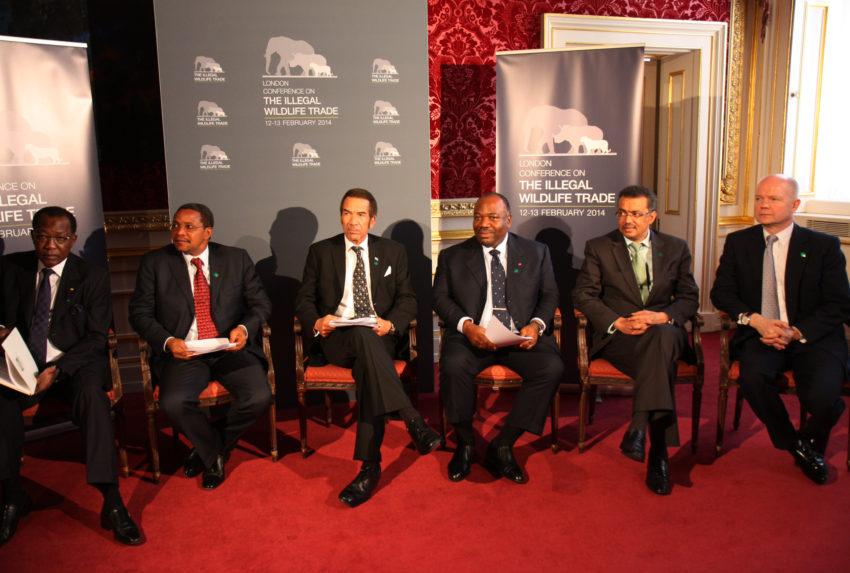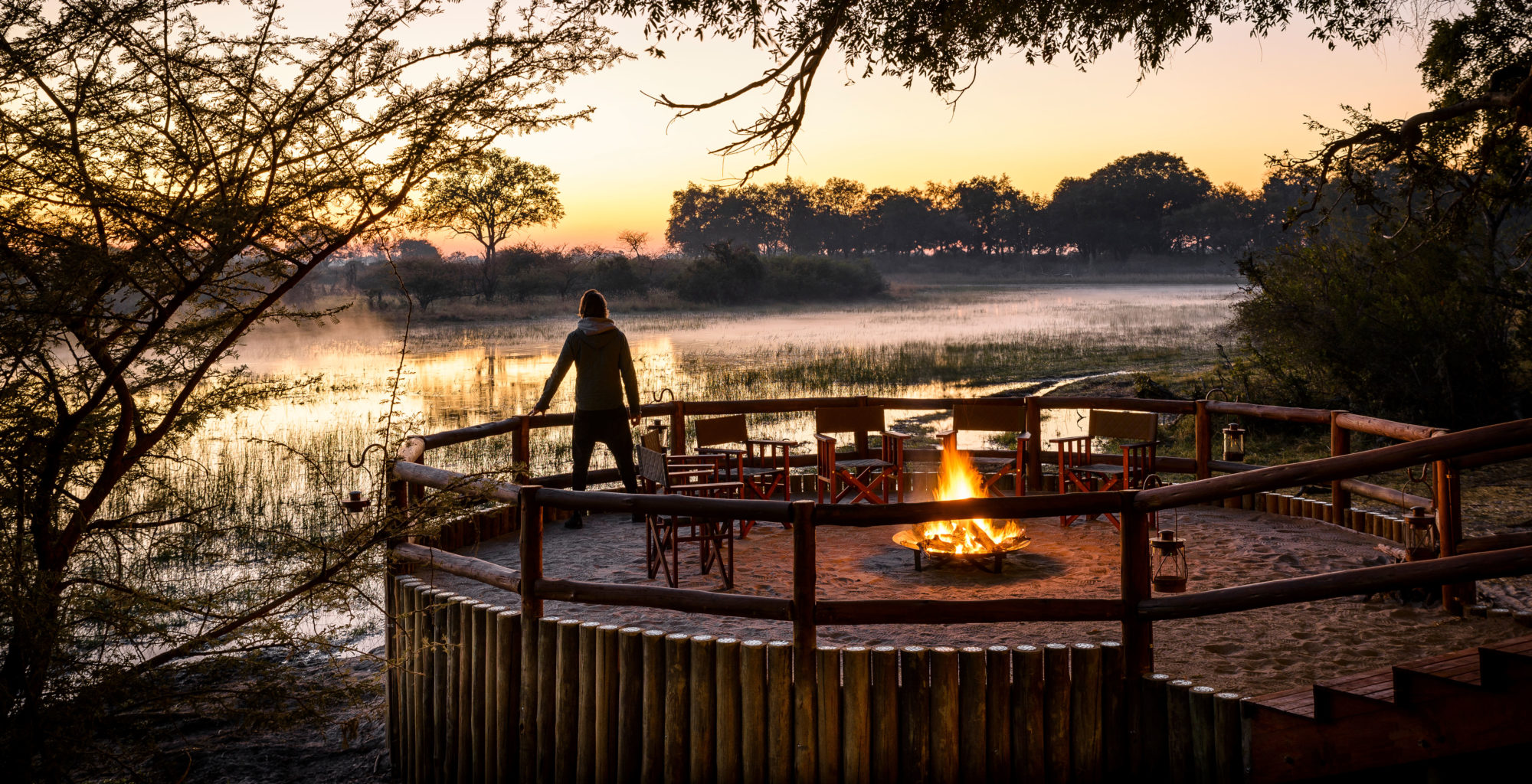One of the pleasures of arranging trips for the likes of writers such as the FT’s Charlotte Sinclair is that you know very well that not much escapes their conservation-sensitive eye, particularly in terms of weighing up what makes a lodge more than a luxury destination – however beautifully done.
Visiting Chief’s Camp, Sable Alley, Nxabega Okavango Tented Camp, and Duba Plains, Sinclair’s piece Wild About Botswana opens with a short description of the geography and wildlife of the Okavango Delta, before outlining Botswana’s approach to conservation, an approach ‘enshrined, ‘as she says, ‘in law, enforced by government’. As she notes, it is a holistic approach, one that considers the interdependent conservationist web that is ‘ecology, social responsibility, species protection and high-experience / low-impact tourism.’
Writing for the FT’s How to Spend It Travel Unravelled, Sinclair’s experience of the abovementioned lodges is one that leaves her with ‘a very good feeling indeed’, each destination possessing its own personality, and its own variation on its contribution to the type of sustainable tourism we all support. I’ll leave that for you to read for yourself. Suffice to say, it’s a beautiful and good-minded write up.
What I will say a bit more of, however, is how Botswana has managed to get so far ahead of the game. Two interrelated reasons: First, it’s been governed since independence by a succession of pragmatic, conservation-minded presidencies, remains one of Africa’s most stable countries, and is ranked by Transparency International as the least corrupt country in Africa – indeed, it ranks above Spain, Italy, and most of eastern Europe, Asia and South America. Second, it has made the most out of a long partnership – called Debswana – with South Africa’s diamond mining conglomerate DeBeers, ploughing the proceeds of this primary economy into education and into consolidation economies, sustainable tourism being one of them.
Hence the adoption of a national conservation policy, commanded and controlled, as Sinclair says, by central government, but also successfully outsourced at regional and local levels, the latter exactly the sort of stakeholder self-management JbD and Wild Philanthropy support, the overall strategy supported by both direct and indirect incentives.
The result is a country that is making wildlife pay its way, and so well as to persuade all that it is the best use of so much of the country’s land. It’s by no means perfect, but as a model, Botswana is living proof that everything we think of in terms of sustainable tourism is eminently realisable – and not just at country level, but across the vast transfrontier territories that constitute the ecosystems large and varied enough to support so many of the animals mentioned in Sinclair’s excellent piece.

Photo by Foreign and Commonwealth Office – Flickr, OGL, https://commons.wikimedia.org/w/index.php?curid=32106975
